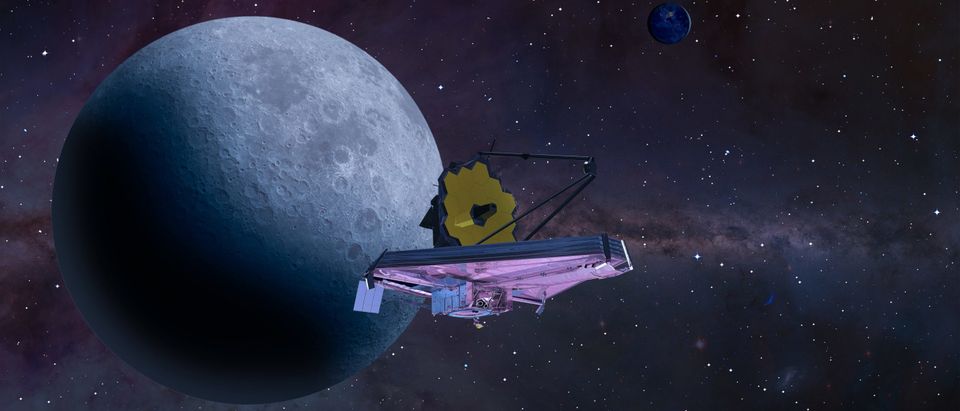An asteroid the size of Rome’s Colosseum photobombed NASA’s James Webb Space Telescope, according to an update released Monday.
The space rock is the smallest ever detected by the international team of astronomers using data from the coolest telescope to ever launch into our immediate cosmos (that we know of), according to NASA. The rock is roughly 1 kilometer (0.6 miles) long, and is located in the main asteroid belt between the gas giant of Jupiter and Mars.
Teeny tiny photobomb! 📸
Scientists found a surprise while looking through test data from Webb’s MIRI instrument. Webb serendipitously captured an asteroid (illustrated here) just 100-200 meters in length — likely its smallest object seen yet: https://t.co/3wuGJXhQpP pic.twitter.com/JoBJE19lud
— NASA Webb Telescope (@NASAWebb) February 6, 2023
The asteroid was discovered by accident, according to the space agency. “We — completely unexpectedly — detected a small asteroid in publicly available MIRI calibration observations,” Max Planck Institute for Extraterrestrial Physics astronomer Thomas Muller said in a statement. “The measurements are some of the first MIRI measurements targeting the ecliptic plane and our work suggests that many new objects will be detected with this instrument.”
The findings were published in the journal of Astronomy and Astrophysics, and it is hoped that the discovery will allow astronomers to figure out how to detect smaller space rocks. (RELATED: First Images Of Deep Space Taken By The James Webb Telescope Released By White House)
Despite all the happiness from the super cool discovery, the facts surrounding it still cast light on the major flaws and limitations of our current observations of space. At the time of writing, NASA and most international space agencies have limited abilities in identifying smaller space rocks, even those on a direct collision course with Earth.


